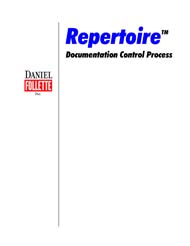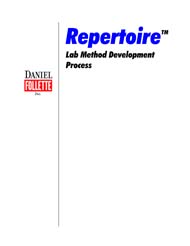 |
| Performance consulting | Marketing and Communications | Methods, Tools and Software |
| © Daniel Follette, Inc. 2025 |
Procedures Management Daniel Follette, Inc. offers
|
|
Effective
procedures can be the foundation of safe, effective operations Procedures
development can also be a burden Procedures
are often written to provide compliance with mandated programs,
typically a safety or quality programs. As a result, content is
often focused on objectives other than performance. The resulting
procedures may be encyclopedic Effective
procedures Effective procedures are efficient. Effective procedures are usable. They are readable and relevant. They are accurate. They are available on demand and in a convenient format. It’s
important to remember the user Development
processes that mobilize and enable the end users provide many User-developed
procedures distribute the work load for rapid development Development
techniques and software to mobilize the user The software also eliminates the need for formatting that sometimes has been as time-consuming as developing procedure content. |
| task
analysis software > SkillForge™ Work Analysis |
| procedures software > SkillForge™ Procedures |
| procedures management processes > Repertoire™ Procedures Development |
| work
analysis > Shaping behavior |
| strategic
repertoire development™ > Introduction |
| case
studies > PSM procedures development |
| >
Simplifying procedures development |
| resources > White papers > Resources overview |
| clients > Representative clients |
|
|
 and make it difficult to find “what I’m supposed to
do.” Or they may be so sketchy that operators find them of
little help and ignore them.
and make it difficult to find “what I’m supposed to
do.” Or they may be so sketchy that operators find them of
little help and ignore them.  benefits.
User-developed procedures are more useful and relevant because users
are writing down what they need to know. Users are most likely to
know the tips and tricks that make work simpler.
benefits.
User-developed procedures are more useful and relevant because users
are writing down what they need to know. Users are most likely to
know the tips and tricks that make work simpler.